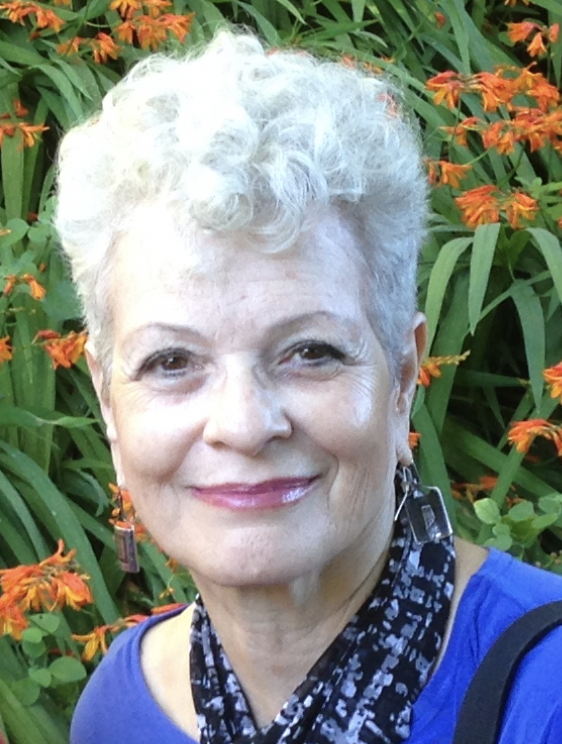Recent news that Sonoma County’s overall health ranking has fallen to No. 7 in the state, down two places from last year in a statewide health survey, should concern us all. More alarming was the Sonoma County Department of Health Services’ January 2018 report noting that our childhood cancer rate is the fourth highest in California and that cancer is the leading cause of death in all age groups.
According to the Sonoma County Summary Measures of Health, from 2013-2015, cancer was the leading cause of death in all age groups.
Out of 58 California counties, Sonoma County ranks 22nd in age-adjusted cancer death rates (worldlifeexpectancy.com). According to the California Cancer Registry, as of October 2016, we ranked 13th among the other California counties in age-adjusted cancer incidence.
Could there be a connection between the increasing use of pesticides in Sonoma County, and our increasing rates of cancer since studies have linked pesticide exposure and various cancers?
In 2015, nearly three million pounds of pesticides (2,839,007 million pounds to be exact) were applied in Sonoma County — 97 percent of it on wine grapes. Of those pesticides, 10,633 pounds applied to 41,412 acres were toxic or lethal to bees and birds; 47,855 pounds applied to 14,275 acres were possible/probable human carcinogens and 9,025 pounds over 7,004 acres were toxic to brain development and function (California Department of Pesticide Regulation).
Glyphosate (Roundup), a probable carcinogen according to the UN’s International Agency for Research on Cancer and Cal-EPA 2015, is widely applied throughout our county’s vineyards. In 2014, almost 77,000 pounds were applied to 48,137 acres of wine grapes in Sonoma County (Sonoma Index-Tribune, May 23, 2016).
Bee and bird-toxic pesticides currently banned in Europe are being used in vineyards from Sebastopol to Geyserville and Healdsburg. Probable carcinogens are being applied from South Sebastopol in a wide swath north to Cloverdale and east to Santa Rosa, Healdsburg, Geyserville and Cloverdale.
Mancozeb, an old-fashioned fungicide that has been largely phasedout in California because of carcinogenic and human developmental toxic effects, is still used in quantity here. Sonoma County applies 66 percent of all the Mancozeb used in California. Its use is concentrated from northwest Sebastopol through Forestville to the Russian River and in an area just south of Healdsburg. For more information, search the web for “Organic Wines Uncorked; Sonoma Gets Its (Toxics) Close-Up: What’s on those vines?” by Pam Strayer.
Prenatal and early childhood pesticide exposures are especially significant because of the vulnerability of growing children and their contact with dust through ingestion, inhalation and skin absorption. Children of agricultural workers have higher pesticide metabolites in their urine, associated with an increased risk of developing lung diseases, leukemia, lowered IQ and behavioral problems such as attention deficit disorder. Historically, children of farmworkers have had the highest risk of developing these conditions in multiple studies.
Because of the known pesticide risks to human populations, especially to children, the California Department of Pesticide Regulation was created by our state legislature and requires that every county report types and amounts of pesticides used through their County Department of Agriculture Permit Program. This information is then made available to the general public at cehtp.org.
Now that the data is in, it’s time for all of us to rethink the use of poisons in our homes, farms and vineyards. Pesticides are defined as any chemical used to kill any life form, from rodents and insects to plants and fungi. They have long been suspected, now concluded to have significant adverse effects on human health (Cal-EPA).
What are we waiting for?
Laura Morgan, MD, is a family physician practicing in west county who was educated at Sonoma State, UC Berkeley, UCSF and Sonoma County Community Hospital. She has a long term commitment to the health of residents and the environment.
Padi Selwyn is co-founder of Preserve Rural Sonoma County, a businesswoman, author, and 45-year resident of Sonoma County.









